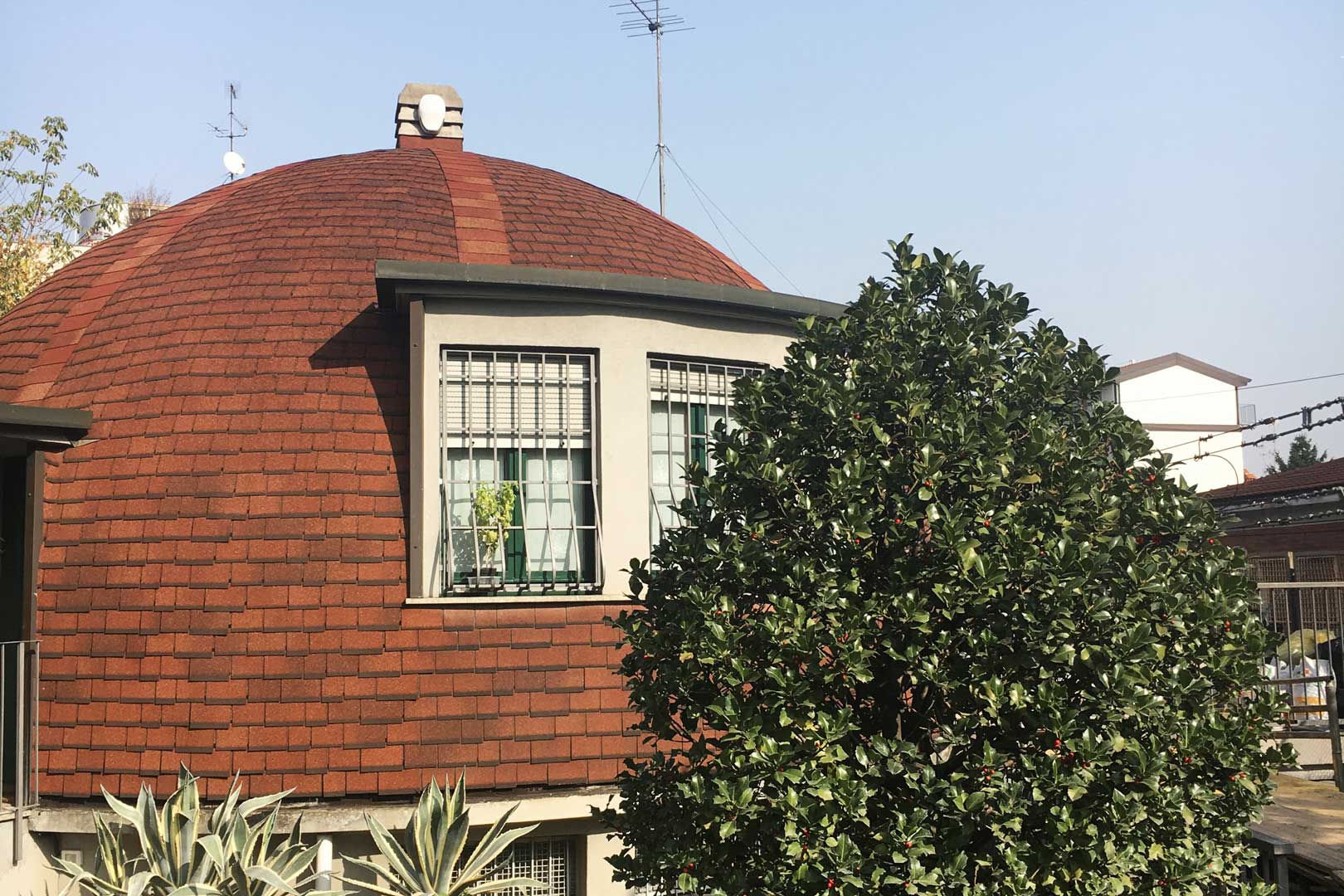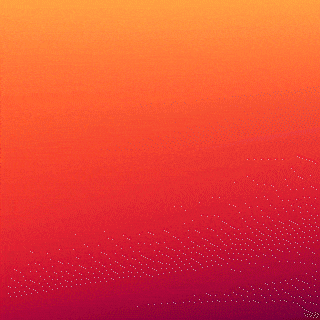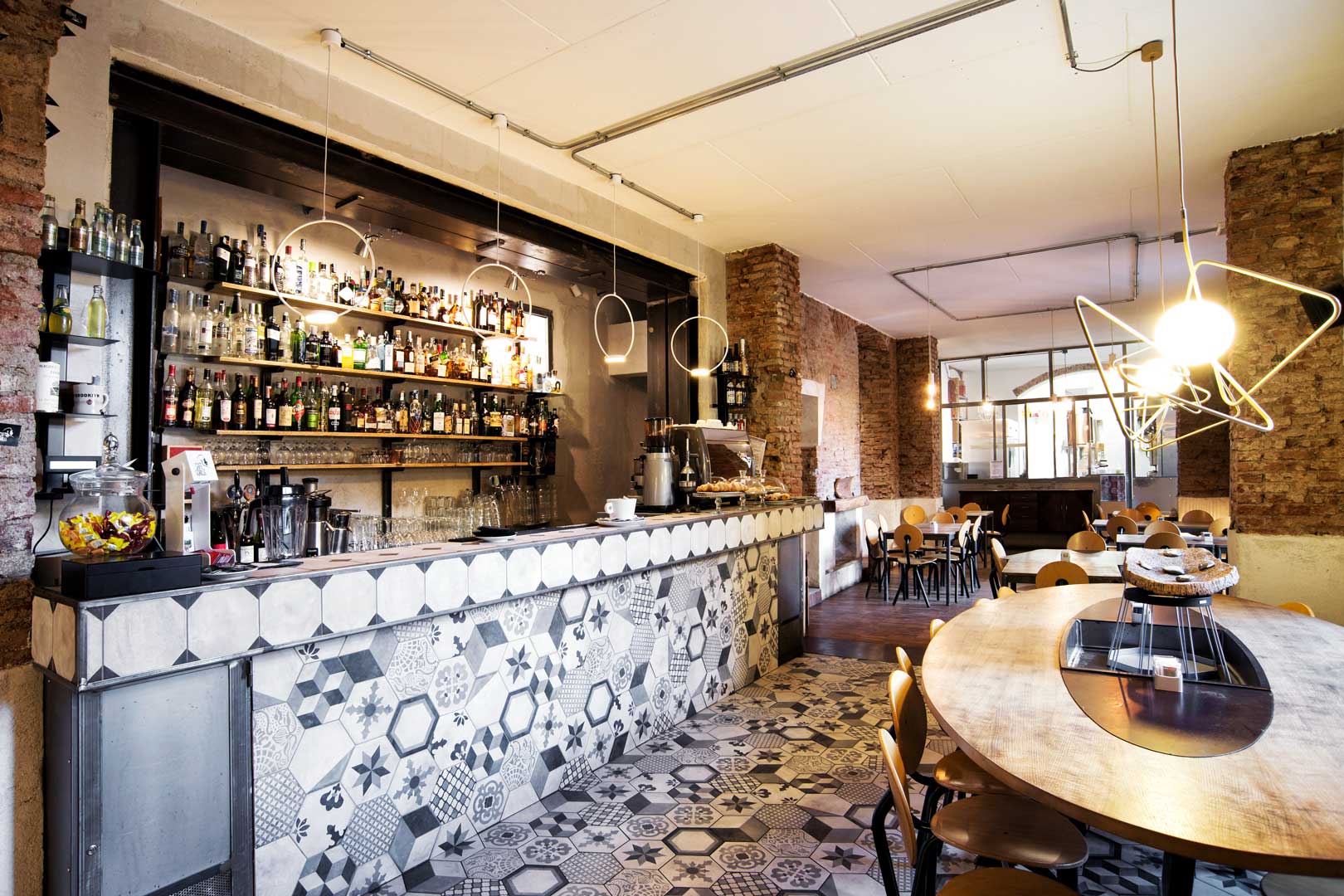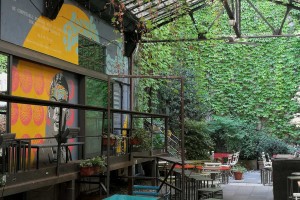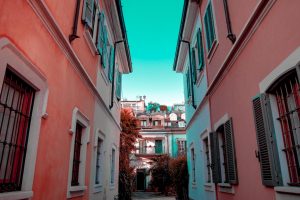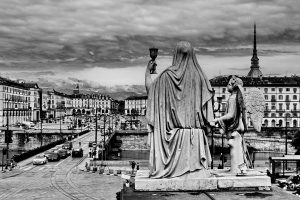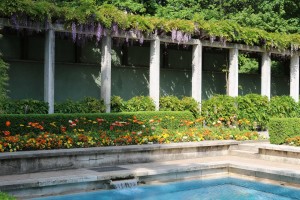Between Isola and Greco, behind the Central Station, there is a historical district of Milan, Maggiolina, which includes the residential area called the Journalists’ Village. A walk around here will plunge you into an atmosphere of the times gone by. For lovers of architecture, hidden gardens, squares and fifteenth-century villas, this is one of the most beautiful areas of the entire city.
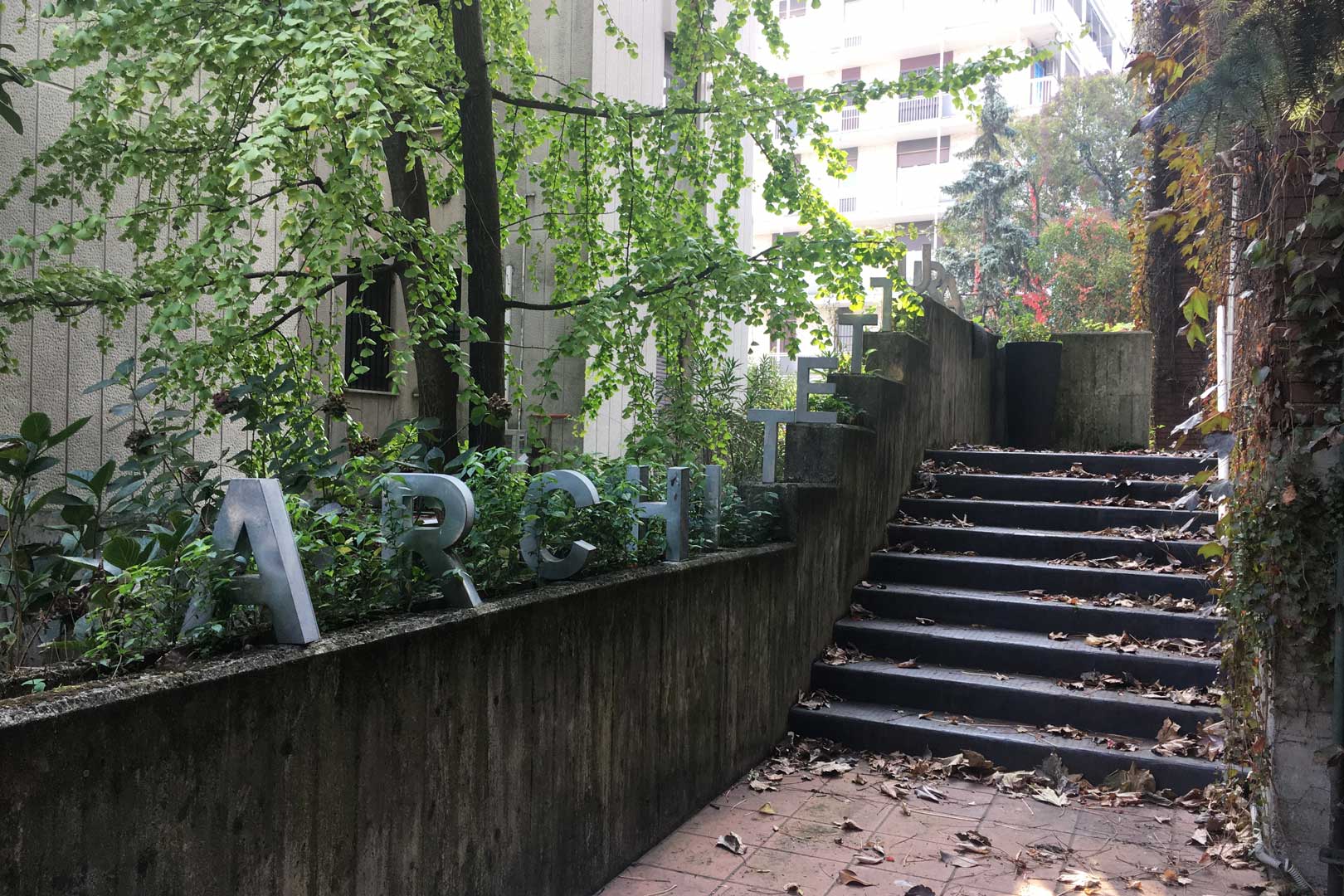
Starting from Via Carissimi you can venture out on foot in private streets, you will discover houses and villas that have nothing to envy to the colorful rainbow houses of Via Lincoln, where silence reigns amongst palm trees. Continuing towards Piazza Carbonari, with a cycle track, you will already feel elsewhere, until you disembark in Piazza Massari. From here you can already see the marvelous walls of Villa Mirabello, an ancient Renaissance hunting lodge that gave its name to the district itself.
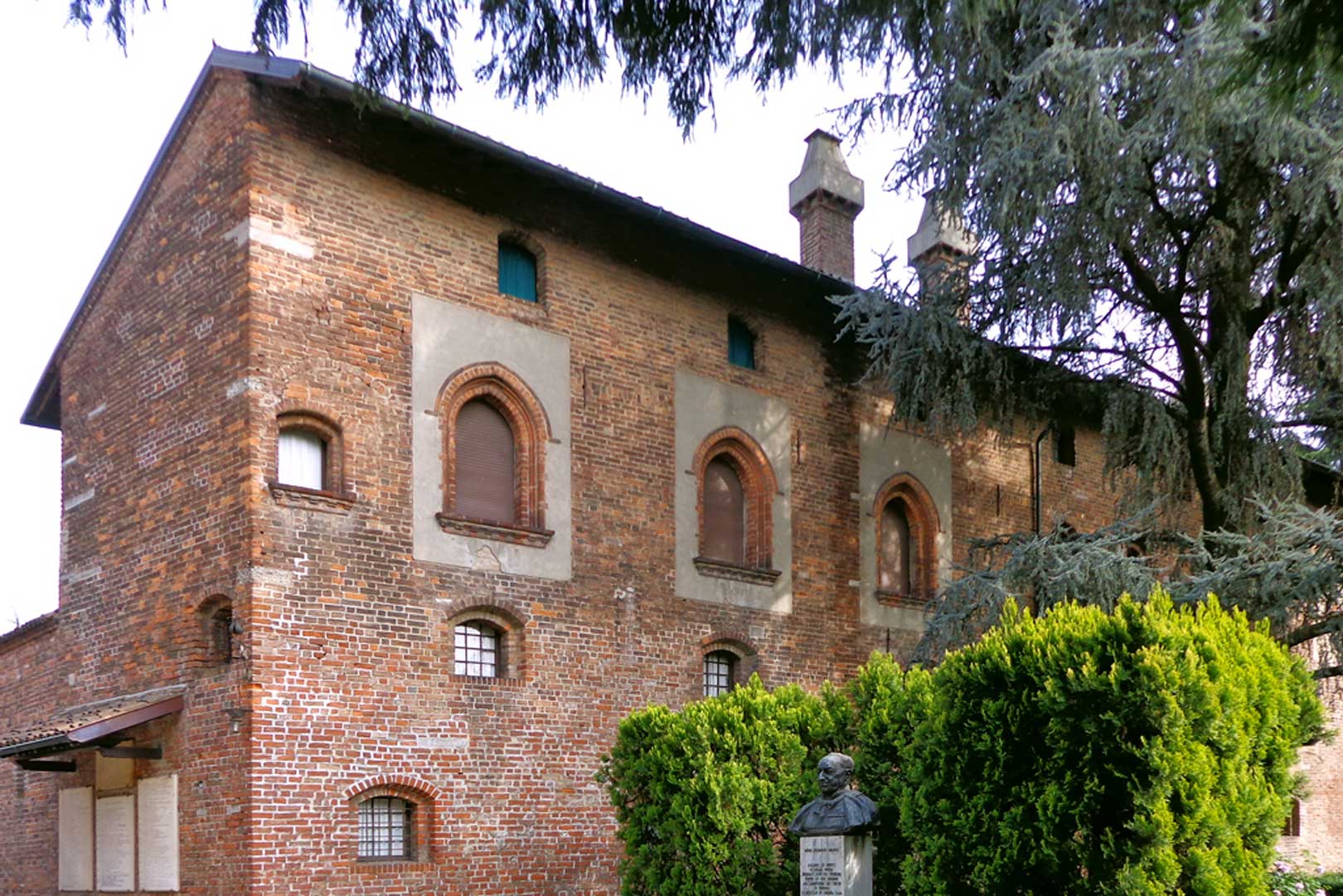
From here on it is highly recommended to get lost in every street with the nose up until you reach your destination in via Lepanto: the igloo-shaped houses designed by the architect Mario Cavvallé, in the ’40s. These houses are inhabited , so be discreet in your exploration. All surrounded by small gardens, they give you the feeling of being immersed in a forest; mushroom-shaped houses were also designed and built at the time, but apparently Cavallé’s son had them demolished. If curiosity haunts you, though, you can find some of them still standing in Novate Milanese.

One, ten, one hundred Milans, where every neighborhood seems to have been somehow taken away from some other city. We really can be proud of those differences, and consider our Milan as a place that doesn’t hide its history even in the shadow of its modern, sparkling skyline. Milan is able to amaze every day with its history, so do not live it only as a city.


 Mugs & Co.
Mugs & Co. 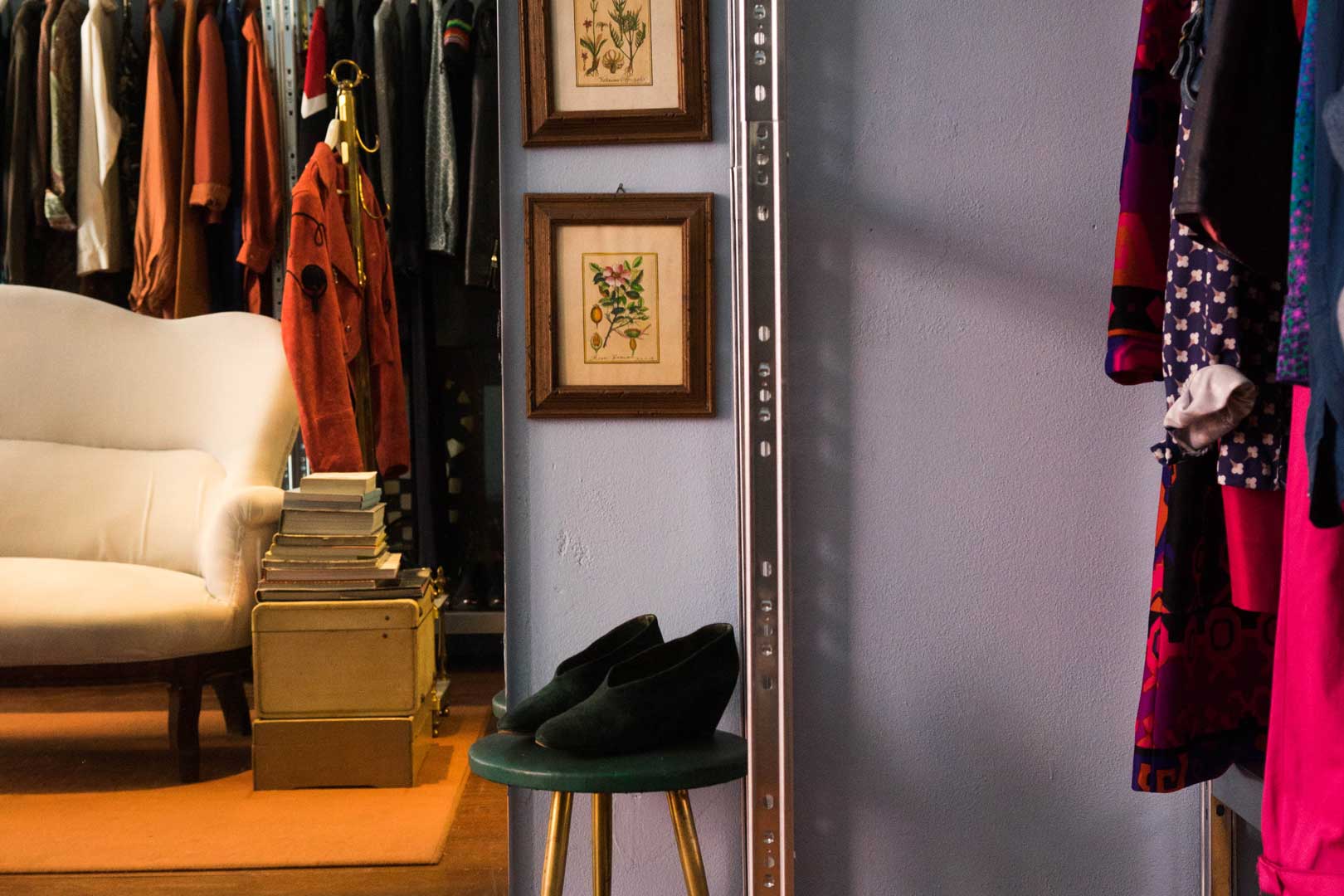 TUG Vintage Concept Store
TUG Vintage Concept Store 